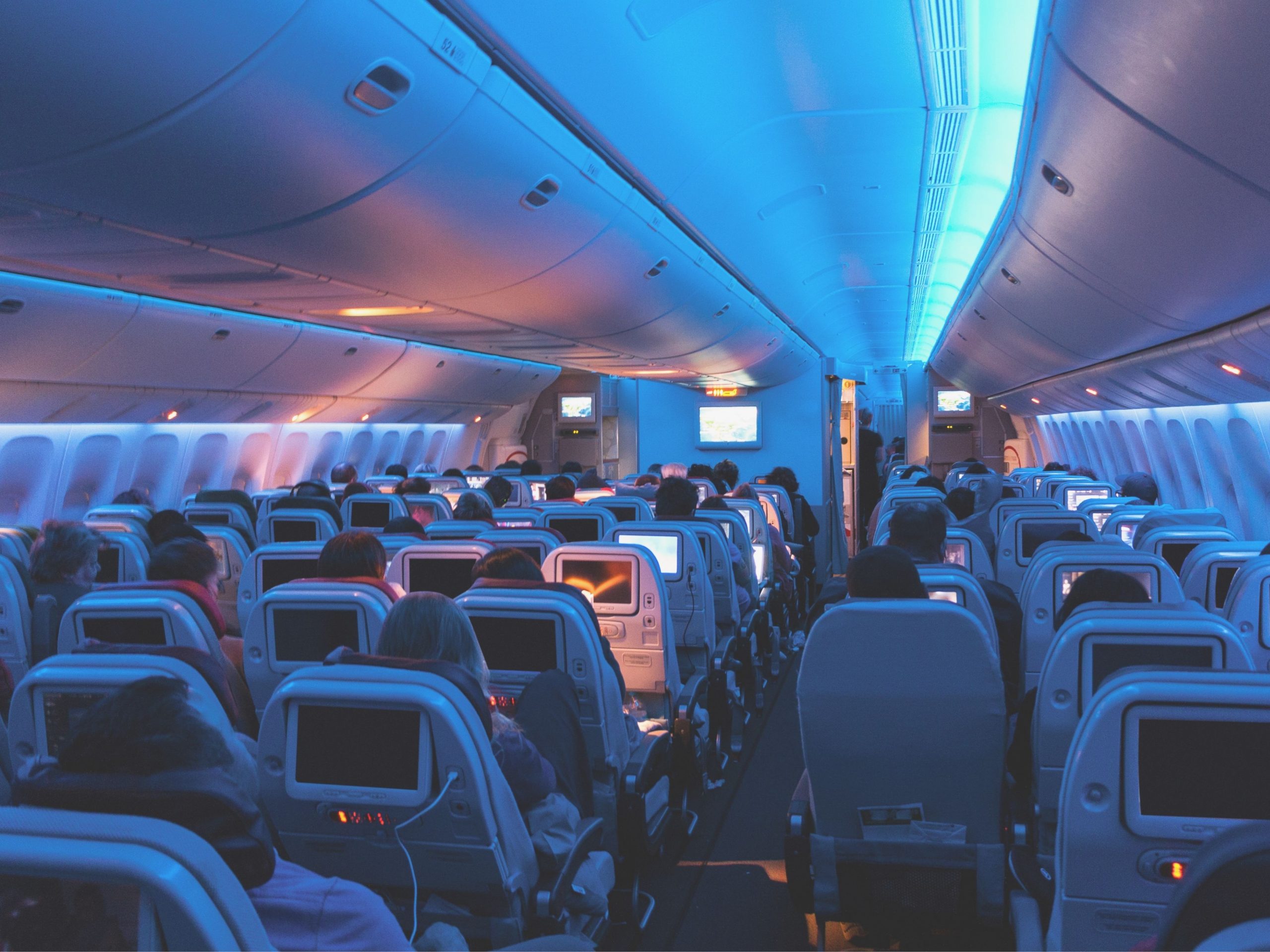The challenge of long flights
How do you find the best recovery methods from a long-haul flight? Getting it right can be tricky.
As a rule, flights become more detrimental the longer they last. And some flights can be excruciating long. Currently, the longest is from Singapore to Newark, timed at over 18 hours! However, a long-haul flight can be a lot shorter than that. In fact, it is considered to be anything over 6 hours long.
So what can you do to reduce the physical, emotional and psychological impact? Let’s take a quick look.
How longer flights impact your health
To begin with, the low humidity on planes takes a toll on your body. The humidity can be less than 20%. This is almost like dessert aridness. And this lack of moisture can soon lead to the body becoming dehydrated.
There are many negative side effects of dehydration. Too many to list here. But even mild symptoms can include, headaches, fatigue, grumpiness, disorientation, and diarrhea. Basically, when you become dehydrated the blood becomes more concentrated and, consequently, your kidneys retain more water. If the dehydration goes on for extended periods of time, more serious conditions can kick in.
The other big risk on long-haul is Deep Vein Thrombosis (DVT). Unlike arteries that pump blood, the blood in veins flows. To a certain extent, veins require movement to aid venous return. (In other words, for the blood to circulate properly through the veins).
When DVT occurs it forms a blood clot deep in the body. It is partly caused by the lack of movement and partly because of the change in cabin pressure. The risks of DVT are heightened the longer the flight lasts. Getting up and walking or even moving your limbs around in your seat will help mitigate the risks. Wearing compression socks can also help.
How to aid recovery from long-haul flights
Ironically, part of the process of recovery starts with how you prepare for the flight. This includes putting together a loose-fitting outfit that will allow for good circulation. You should also make sure you have plenty of water and some water-rich foods packed in your hand-luggage to aid hydration. As an extra measure, try and go for a massage the day before you fly if you can.
When you land, there are also a few things you should try to do.
- Avoid alcohol for at least 24 hours
- Go for a short burst of cardio. Swim if you can, but a fast walk for 10-15 minutes will do.
- Keep drinking water
- Sleep, or if you can’t sleep, rest in a darkened room very soon after arriving at your final destination.
- And finally, if you can, get a massage within the first 24 hours of landing.
A final word
There is one particular type of massage that is particularly good for long-haul flight recovery. It is growing in popularity of late and is known as lymphatic drainage. Ideally, you should see if you can get lymphatic drainage before and after flying.
We hope this information is useful. If you need advice or have any questions about our treatments, please contact us. You can find us in Mill Hill Broadway and Islington. We are always glad to help!
If you like this blog, please share!




